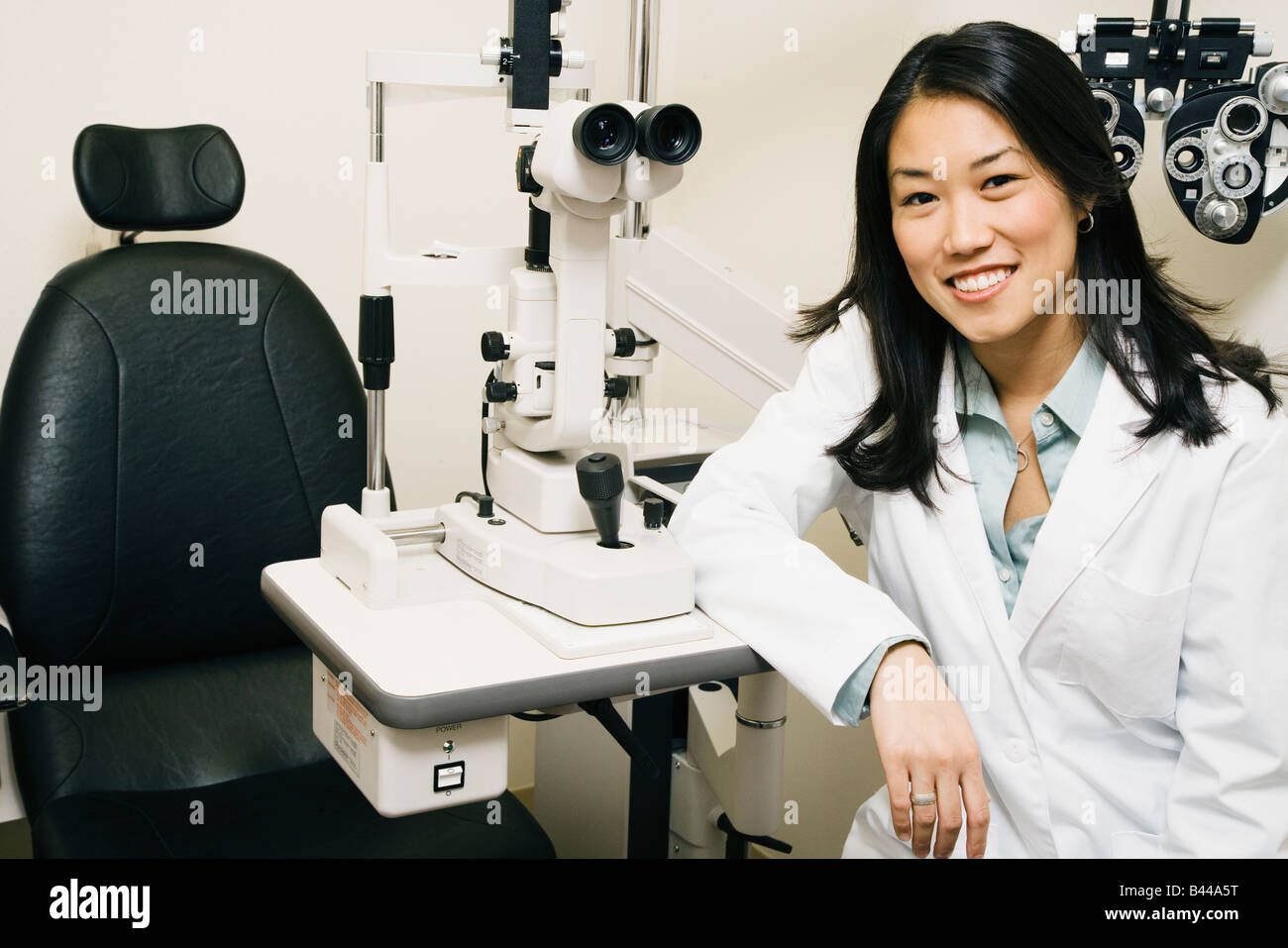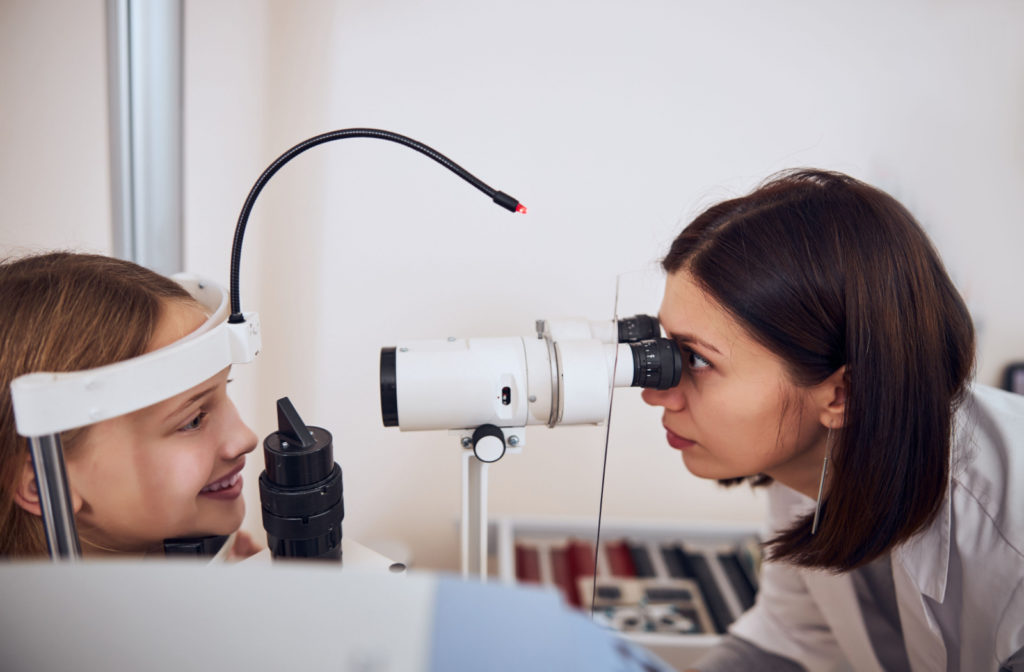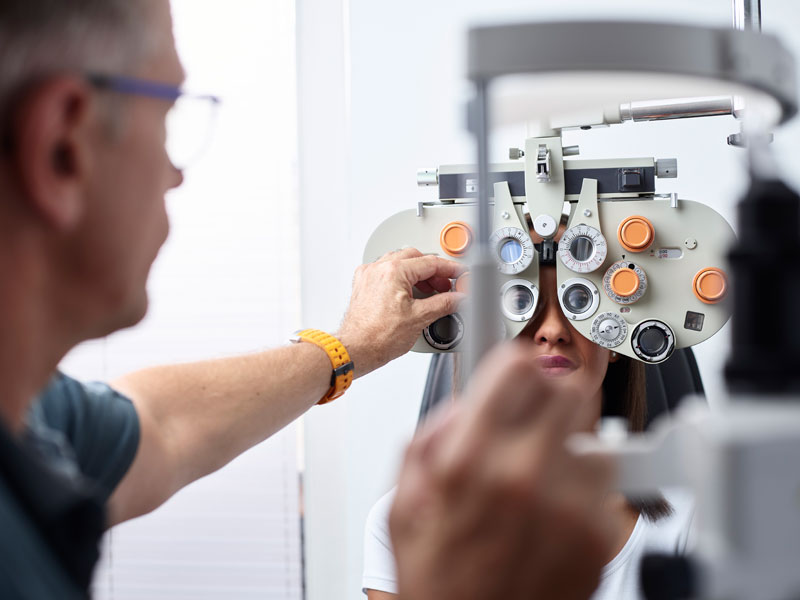How an Eye Doctor Can Change Your Vision Health in Chino
How an Eye Doctor Can Change Your Vision Health in Chino
Blog Article
Discovering the most recent Technical Improvements in Optometry and What They Mean for Optometrists
From the precision of Optical Comprehensibility Tomography to the nuanced understandings provided by AI-driven diagnostic tools, these developments are establishing brand-new standards in person assessment and treatment. As these improvements permeate the practice, eye doctors are faced with the challenge of accepting these devices to boost client end results.
Innovations in Diagnostic Equipment
Advancing the area of optometry, advancements in analysis tools have revolutionized the method eye treatment professionals evaluate and identify ocular problems and visual disabilities. The past years has witnessed significant technical innovations, enabling more precise and detailed examinations. Optical Coherence Tomography (OCT), for instance, supplies high-resolution cross-sectional pictures of the retina, enabling the very early discovery of conditions such as glaucoma and age-related macular degeneration. This non-invasive imaging strategy has actually become indispensable in contemporary optometric technique.
An additional trick advancement is the intro of sophisticated corneal topography systems, which map the surface area curvature of the cornea with precision. These devices are especially valuable for suitable call lenses and identifying corneal conditions. Digital retinal imaging has transformed typical ophthalmoscopy, offering thorough, scenic views of the retina that promote extensive visual assessments.
The growth of wavefront aberrometry has also been essential, making it possible for the analysis of refractive errors with unequaled accuracy (Optometrist Chino). This technology helps in tailoring corrective lenses and enhancing medical outcomes for refractive surgical treatments. Collectively, these analysis developments equip optometrists to provide premium patient treatment, making sure early intervention and tailored treatment strategies, eventually improving visual health end results
AI in Patient Administration
Building on the structure of sophisticated diagnostic tools, the incorporation of expert system (AI) in individual administration represents a transformative jump for optometry. AI systems are increasingly utilized to improve effectiveness, precision, and personalization in client treatment. By analyzing substantial quantities of data, AI can recognize patterns and anticipate potential eye conditions, making it possible for optometrists to customize interventions better. This capability is important in managing persistent eye diseases such as glaucoma and diabetic person retinopathy, where very early detection and continual surveillance are vital.
Furthermore, AI-driven systems facilitate structured client interactions and management procedures. Automated organizing, online appointments, and customized follow-up strategies not just enhance client complete satisfaction but likewise maximize time management for professionals. These systems can triage clients based upon the seriousness of their conditions, ensuring that those in important need obtain timely interest.
Moreover, AI enhances decision-making by providing optometrists with evidence-based referrals and therapy paths. By integrating data from digital health and wellness records, AI tools offer insights that educate clinical decisions, decreasing the risk of mistakes and boosting individual outcomes. As AI remains to progress, its role in patient management will likely increase, improving the landscape of optometric care.
Advancements in Retinal Imaging
In the realm of optometry, retinal imaging has actually observed exceptional technical improvements that are boosting diagnostic capacities and patient treatment. Innovations such as Optical Coherence Tomography (OCT) and fundus digital photography have actually reinvented how optometrists assess the retina and picture. OCT, specifically, provides high-resolution, cross-sectional photos of the retina, allowing for the detailed exam of its layers. This capacity is indispensable for early discovery and administration of problems like glaucoma, diabetic retinopathy, and age-related macular degeneration.
Improved imaging techniques like OCT angiography are additional refining diagnostic accuracy. Eye Doctor. Such improvements facilitate the identification of minute retinal changes that could indicate condition development.
Moreover, developments in expert system are enhancing retinal imaging by allowing computerized analysis of large datasets. These systems aid optometrists in identifying patterns a sign of pathology, consequently improving analysis accuracy and effectiveness. Collectively, these innovations are changing retinal imaging into a cornerstone of modern-day eye care, enhancing end results and broadening healing opportunities.
Teleoptometry's Expanding Duty
Teleoptometry is increasingly becoming a vital element of eye treatment, driven by improvements in digital communication and diagnostic devices. As optometry welcomes electronic makeover, teleoptometry assists in remote consultations, permitting optometrists to expand their solutions beyond traditional borders. This is especially useful in rural and underserved locations where accessibility to specialized eye index care is typically limited. By leveraging high-resolution video conferencing and advanced retinal imaging, optometrists can carry out extensive eye tests from afar, making sure prompt diagnosis and therapy.
The assimilation of expert system (AI) more enhances teleoptometry, enabling the evaluation of aesthetic information and assisting in the discovery of ocular conditions such as glaucoma and diabetic retinopathy. AI-powered algorithms can quickly you can try here analyze intricate imaging data, offering optometrists with useful insights that reinforce clinical decision-making.
Furthermore, teleoptometry supports connection of treatment via seamless assimilation with digital wellness documents (EHRs), permitting eye doctors to maintain thorough person histories. This makes sure that people receive customized and constant treatment also when talking to different specialists.
In spite of these advantages, difficulties continue to be, including making sure data safety and managing patient expectations. Teleoptometry stands for a significant stride towards more accessible, efficient, and patient-centered eye treatment. As technology advances, its duty is poised to increase further.

Future Patterns in Eye Care
A myriad of innovative patterns is set to reshape the future of eye treatment, driven by technical advancements and the advancing requirements of clients. One significant fad is the integration of expert system (AI) in diagnostics, which promises to enhance the precision and efficiency of eye exams. AI formulas can analyze substantial amounts of data from retinal images, possibly discovering conditions like diabetic person retinopathy and glaucoma earlier than conventional approaches.
Moreover, customized medicine is gaining traction in optometry, with hereditary testing notifying customized treatment strategies. This strategy aims to enhance patient results by have a peek at this website customizing treatments to private hereditary profiles. Wearable innovation, such as smart call lenses, is additionally coming up, using real-time monitoring of intraocular pressure or sugar degrees, thus offering continuous understandings right into eye and systemic health and wellness.
The adoption of augmented fact (AR) and virtual fact (VIRTUAL REALITY) in training and person education and learning is one more emerging fad. These modern technologies offer immersive experiences that can enhance understanding and skills both for optometrists and patients. As these patterns advance, eye doctors must remain abreast of technical improvements to provide advanced care, ensuring better individual outcomes and complete satisfaction in the vibrant landscape of eye treatment.
Verdict

Collectively, these analysis developments empower optometrists to deliver remarkable patient care, making certain very early treatment and tailored therapy strategies, ultimately boosting visual health and wellness outcomes.

As these technologies continue to progress, eye doctors need to adjust and include them right into method, inevitably maximizing operations effectiveness and boosting the standard of eye care provided to people.
Report this page